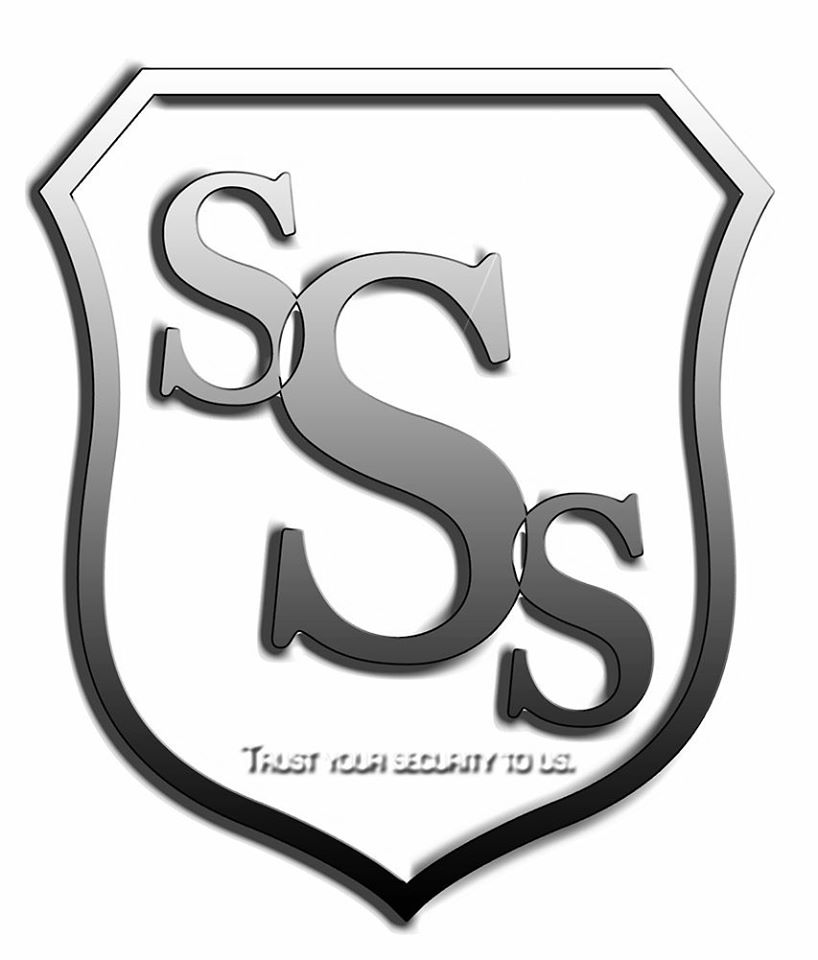Security Officer Training
Our highly-trained security officers receive numerous hours of the following training:
MOAB Training (Management of Aggressive Behavior)
MOAB presents principles, techniques, and skills for recognizing, reducing, and managing aggressive and violent behavior. This program is to provide humane and compassionate methods of dealing with aggressive people. MOAB is designed for law enforcement, correctional and military police personnel to learn how to de-escalate conflict and manage aggression. This 4-hour basic certification course combines lecture with individual and team building exercises related to situations encountered by officers on a daily basis, from talking to civilians, interview of a crime victim to the violent aggressor. The understanding and proper use of body language signals as well as verbalization skills often reduces anxiety, prevents escalation of conflict and physical aggression resulting from confrontation. MOAB addresses key areas officers encounter during the initial stages of their response to an incident. Some of the areas covered in the program include: stages of conflict, managing conflict, body language, personal space, reaction zone, cornering, listening, and mental conditioning.
CPR and AED Training
This course trains our officers in the skills and knowledge necessary to recognize and provide basic care for breathing emergencies, perform CPR, and use an automated external defibrillator (AED) for victims of sudden cardiac arrest, until advanced medical personnel arrive and take over.
Mace Training
Through a combination of practical exercises and classroom instructions, our officers will learn how to identify the stages of conflict in order to recognize the threat, reduce the threat, and determine how and when to use force. Officers will apply state of the art tactical concepts such as spraying techniques, disengagement, proper defensive positions, methods of movement, multiple opponent defense, contact and cover system, defense against moving attacks, ground defense, and drawing techniques.
Handcuff Training
Topics in this training include the safest approach and positioning for handcuffing, handcuffing non-compliant subjects, prone and kneeling handcuffing, removing handcuffs, and the use of various type of cuffs. This course is also to reduce injury to officers and subjects.
Baton Training
This training teaches our officers to identify the stages of conflict in order to recognize the threat, reduce the threat, and determine how and when to use force. They are taught how to use proper defensive positions, methods of movement, drawing techniques, baton counterstrikes, and baton retention.
Tactical Training
The main objectives of tactical training are to study combat theory, including regulations to instill personnel with a high degree of psychological stability and with the ability to perform combat missions successfully in any situation and to provide personnel with skills needed to apply the methods and procedures of waging battle and using weapons and combat equipment and to exploit the tactical features of the terrain.
Other main objectives of tactical training are to study the forces, organization, weaponry, and tactical resources of the enemy in different types of battle, to train commanders and staff in methods of organizing and waging battle and controlling subordinate forces in battle, to develop in commanders and staff the ability to organize comprehensive troop support when waging combat, and to improve the combat teamwork of small and large units.
Firearms Training
The Firearms Safety Training Course provides hands on learning opportunities and focuses on making sure that you are confident in how to safely own and accurately shoot a firearm. In this course our employees are taught the rules for safe gun handling, different types of handguns and ammunition, fundamentals of shooting a firearm, and Massachusetts laws regarding the proper transportation and storage of firearms.
Report Writing
- Reviewing the different types of reports
- Recognizing our clients’ needs
- Writing summaries of incidents that happen on the property
- Using visual aids (Ex. If pictures are needed in reference to the report)
- Creating client-specific formats
- Editing and proofreading reports

